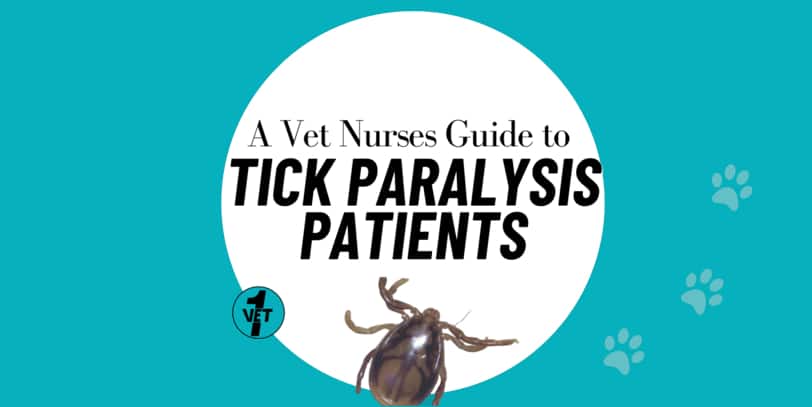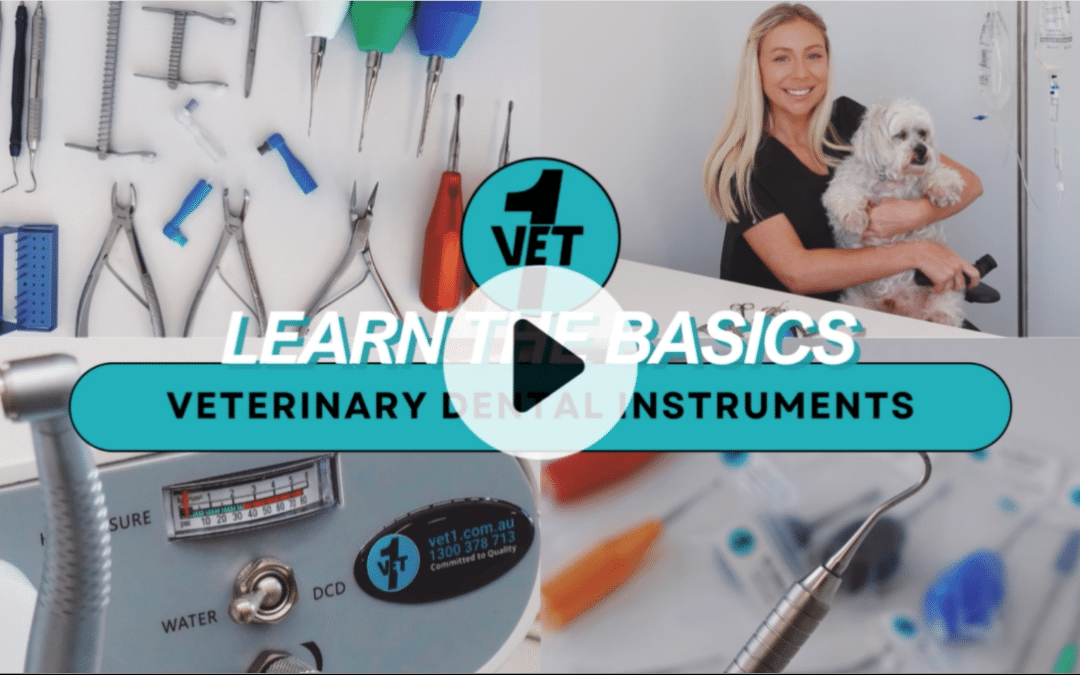What is Stainless Steel?
Stainless steel is not just one thing. It is a term used for a group of iron-based alloys (a metal made by combining two or more metallic elements) that contain a minimum of 10.5% chromium. This combination with chromium is what gives stainless steel its resistance to corrosion. The chromium forms an ultra-thin layer on the steel that is referred to as the “passive layer.” This passive layer is the key to preventing rust and other corrosion.
In addition, the alloy can only have a maximum of 1.2% carbon to be considered stainless. Beyond that, the alloy can contain a number of other elements in varying amounts including nickel, silicon, manganese, titanium, molybdenum, nitrogen, niobium, and others. Suffice it to say that stainless steel is a combination of metals and other elements. It is the different combinations of these materials that give rise to the different properties of stainless steel.
Can Stainless Steel Rust?
There is a common misconception that stainless steel is some sort of miracle metal that never rusts. This is simply untrue. Because of its chemical make-up, stainless steel is less likely to rust. But it is possible.
You should also be aware that rust is only one type of corrosion. In a Veterinary Clinic setting, there are any number of chemicals or other substances that can cause corrosion. A common type of corrosion referred to as “pitting” can occur when a stainless surface is not properly cared for or is exposed to corrosive agents for too long. Pitting is just what it sounds like. It appears as tiny pits on the surface of the steel and, left unchecked, can affect both the look and performance of the steel surface. However, by choosing the right type of stainless steel for your application and applying basic care and maintenance, you can greatly reduce the likelihood of any type of corrosion.
Grades of Stainless Explained
While gauge refers to thickness, the grade of steel is a reference to its components and the properties of the steel that arise from using various components. To begin, there are 3 terms you should be familiar with:
- Austenitic Steel is the most used grade of stainless. It is composed of chromium and nickel (though some grades may substitute manganese and nitrogen for most of the nickel content). Austenitic steel is non-magnetic. It is considered easy to work with and is found in a wide variety of applications.
- Ferritic Steel is a magnetic steel that has a low carbon content. It is not as strong or corrosion resistant as austenitic grade. This is the second most used grade of stainless steel.
- Martensitic Steel is much less frequently seen, this grade of steel is magnetic and is defined by its low level of nickel and moderate level of carbon.
Specific Steel Types
These different grades have been further defined by the Society of Automotive Engineers (SAE). These grading definitions indicate the composition of the steel, its properties, and the standards it must follow.
- SAE 304 is the most used grade of austenitic steel. It is typically composed of 18% chromium and 8% nickel (with some manganese thrown in for good measure). Because of this composition, you will sometimes see this referred to as 18/8 steel, especially in reference to flatware. It is highly resistant to corrosion, but it is non-magnetic. SAE 304 is widely used in the foodservice & medical industry for sinks, worktables, coffee urns, stoves, refrigerators, and equipment stands. It is also used in numerous other smallware’s such as cooking utensils, pots, pans, and flatware.
- SAE 201 is also an austenitic steel like 304 but is less expensive. It provides many of the same benefits as the most expensive 304 grade.
- SAE 430 is an austenitic steel that contains no nickel yet is resistant to corrosion because of its relatively higher chromium content. It is most used for goods that are to be used in lower corrosive environments and conditions. You may see it in lower end sinks and tables but is also sometimes used for panels in refrigerators and ovens.
- SAE 316 is a ferritic steel that was originally specified for the medical industry. Its properties make it more expensive than other steel choices and is more difficult to work with for manufacturers. Therefore, it is only seen in specialize products, especially those used in highly corrosive applications.
How to Keep Stainless Steel Clean
All grades of stainless steel will stain and discolour due to surface deposits and cannot be considered completely maintenance-free. In order to retain maximum corrosion resistance and aesthetic appeal, the surface of stainless steel must be kept clean. The chromium layer on stainless steel will never wear away, unlike other stain-resistant coatings that might wear away after repeated cleaning, therefore you can never clean stainless steel too much.
Stainless steel is easy to clean compared to many other materials. Washing with soap or a mild detergent and warm water followed by a clean water rinse is usually quite adequate for domestic and architectural equipment. An enhanced appearance will be achieved if the cleaned surface is finally wiped dry.
Cleaning Stainless Steel: What to Avoid
Powder, steel wool, bleach, and ammonia have too many abrasive properties which can easily scratch or discolour the finish. These cleaning tools should always be avoided when cleaning stainless steel.
- Chlorine is more harmful than beneficial. Chlorine, or chlorine-based cleansers, will kill any bacteria on the stainless-steel surface, but it will also dissolve the protective chromium coating. If you need greater bacteria-killing strength, use an ammonia-based solution instead.
- Steel wool and abrasive sponges should never be used. Brillo pads and steel wool are abrasive cleaning equipment that damages stainless steel and cause it to rust. When additional scrubbing strength is required, only use brushes and pads made of nylon, soft plastic, or any other soft flexible material.
- Stainless steel cleansers should only be used as a last resort. Because it is an actual coating created to repair the damage, stainless steel cleansers or polishes should only be used if the surface becomes damaged or discoloured. Polishing isn’t necessary if the steel isn’t damaged. The polish can help eliminate the stain and prevent corrosion in the scratched areas.
Information in this article was provided from multiple online sources
BATTERIES & BULBS
AIR STERILIZER
SMALL ANIMAL
Millpledge Catheters
Tom Tiddle – Kitty Kath
– Jimmy Riddle
Millpledge Wrapz – Bandages
Chewy NoNo
Funny Farm
Millpledge Ease-Off
Bandage Remover
Millpledge Dermafuse Tissue Adhesive
Spey Hooks / Aural Forceps
Monitoring




